

A wax 3D printer is a type of 3D printer that uses wax as the printing material. Wax 3D printers are typically used to create molds for casting metal or plastic parts, as the wax can be easily melted and removed from the mold after the casting process is complete.
The process of using a wax 3D printer typically involves printing a model in wax, creating a mold around the wax model, and then casting the metal or plastic part using the mold. The wax model is then melted and removed from the mold, leaving a precise replica of the original model in metal or plastic.
Wax 3D printers are often used in jewelry making, as they can be used to create precise and detailed molds for casting metal jewelry. They are also used in other industries, such as the dental and aerospace industries, for creating molds for casting various parts.
Overall, wax 3D printers are a useful tool for creating precise and detailed molds for casting metal and plastic parts.
There are several technologies and materials that can be used for printing wax on a 3D printer. Here are a few examples:
Stereolithography (SLA): Stereolithography is a 3D printing technology that uses a laser to cure liquid resin into solid wax. This technology is known for producing high-quality, detailed prints and is often used for printing wax models for casting.
Fused deposition modeling (FDM): Fused deposition modeling is a 3D printing technology that uses a filament of wax to build the model layer by layer. This technology is less precise than SLA but is still capable of producing good-quality prints.
Castable wax: Castable wax is a specialized wax material that is formulated for use in 3D printing. It is designed to have a low melting point and good casting properties, making it ideal for use in creating molds for casting metal or plastic parts.
Wax-based filaments: There are also wax-based filaments available for use in FDM 3D printers. These filaments are made from a mixture of wax and another material, such as nylon or PETG, and can be used to print wax models for casting.
Overall, the technology and material used for printing wax on a 3D printer will depend on the specific needs of the application and the capabilities of the 3D printer.
Here are general step-by-step instructions for printing with wax on a 3D printer:
Prepare the 3D printer: Before you begin printing with wax, you will need to prepare your 3D printer. Make sure that the printer is properly set up and calibrated, and that the bed is level.
Load the wax material: Depending on the type of wax you are using, you may need to load it into the printer in a different way. If you are using a wax-based filament, you will need to load it into the filament spool holder and feed it through the extruder. If you are using a liquid wax, you may need to load it into a resin vat or cartridge.
Prepare the 3D model: Before you can print the wax model, you will need to prepare the 3D model in your slicing software. You will need to select the appropriate printing settings for wax, such as the print speed, layer height, and infill.
Start the print: Once you have prepared the printer and the 3D model, you can start the print. The printer will begin to build the model layer by layer, using the wax material to create the desired shape.
Remove the finished print: Once the print is finished, you will need to remove it from the bed. Depending on the type of wax you are using, you may need to use a specialized tool or technique to remove the print. For example, if you are using a liquid wax, you may need to use a scraper or a spatula to gently pry the print off the bed.
Create the mold: Once you have removed the finished print from the bed, you can use it to create a mold for casting metal or plastic parts. To do this, you will need to encase the print in a molding material, such as silicone or epoxy, and let it cure. Once the mold is cured, you can use it to cast the metal or plastic part.
I hope this helps! Let me know if you have any other questions.
Best large-scale professional FDM 3D printer - https://top3dshop.com/product/flashforge-guider-3-plus-3d-printer.